Alleviate Tooth Sensitivity
December 18th, 2014
If a sip of ice water, spoonful of ice cream, or piping hot latte is enough to send shivers up your spine from tooth sensitivity, be assured you are not alone. It’s estimated that as many as one in eight adults suffers from tooth sensitivity.
What causes sensitive teeth? 
Some of the causes of tooth sensitivity include brushing too hard, a cracked tooth, receding gums, periodontal disease, tooth bleaching, or other conditions that expose the sensitive roots of your teeth. For example, brushing too aggressively can injure your gums, and lead to exposed roots and tooth sensitivity.
When the enamel on the outside of the tooth or tissue located between the teeth breaks down or wears away, nerves inside the tooth trigger sensitive teeth that are particularly noticeable when you drink or eat anything hot or cold.
How to alleviate tooth sensitivity
Fortunately, there are a number of things you can do, both at home and at the dental office, to reduce the discomfort of sensitive teeth. Brushing with desensitizing toothpaste is one of the ways to reduce tooth sensitivity: it works well for many patients, and is typically the first course of action.
- Brush with toothpaste specifically designed for sensitive teeth.
- Change the way you brush by using a soft toothbrush and not brushing too aggressively.
- Avoid brushing teeth after consuming acidic foods and beverages, like orange juice and pickles.
- Drink water or milk after eating or drinking acidic foods or beverages.
- Sip through a straw when you drink acidic beverages.
- Wear a mouthguard at night to prevent teeth grinding that wears down teeth.
- Ask Dr. Robert Wortzel about fluoride dental treatments or plastic resin.
For moderate-to-serious cases of tooth sensitivity, more invasive professional dental treatments are available. These include a bonding agent designed to seal/cover the exposed root, obtaining new gum tissue through graft (for receding gums), fillings, crowns, inlays, or bonding. When tooth sensitivity is persistent and results in hypersensitivity, endodontic treatment in the form of root canal may be recommended.
To learn more about tooth sensitivity, or to schedule an appointment with Dr. Robert Wortzel, please give us a call at our convenient Mountainside, NJ office!

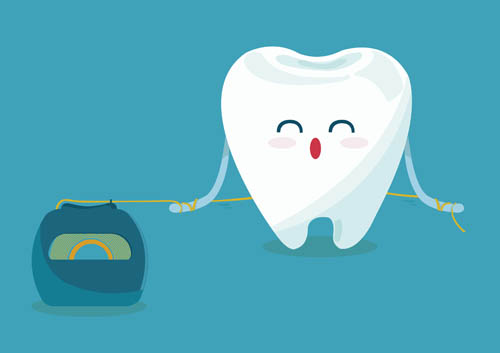



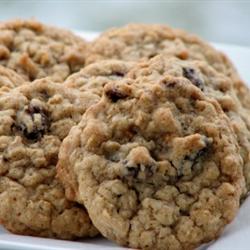 Ingredients: Makes 12-24 cookies
Ingredients: Makes 12-24 cookies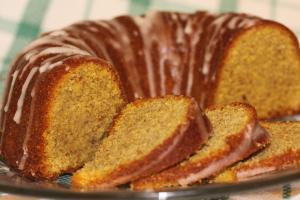 Ingredients
Ingredients Ingredients
Ingredients Ingredients
Ingredients

 Here's a wonderful recipe from Linda McCartney's Vegetarian Home Cooking cookbook.
Here's a wonderful recipe from Linda McCartney's Vegetarian Home Cooking cookbook.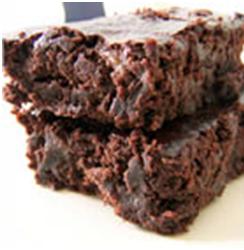 Want a delicious, vegan treat for your next family gathering? How about this recipe for vegan brownies from your friends at Integrative Dental Care.
Want a delicious, vegan treat for your next family gathering? How about this recipe for vegan brownies from your friends at Integrative Dental Care.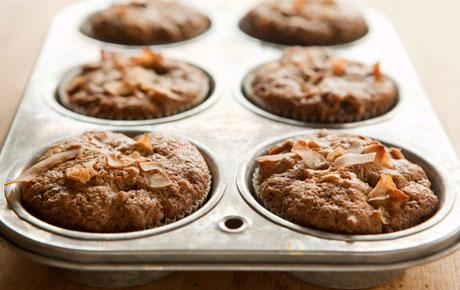 Ingredients: Makes 16
Ingredients: Makes 16 This week we are sharing our recipe for some delicious chickpea crabcakes! What are your favorite healthy eating recipes? Be sure to share them with us on
This week we are sharing our recipe for some delicious chickpea crabcakes! What are your favorite healthy eating recipes? Be sure to share them with us on  At
At